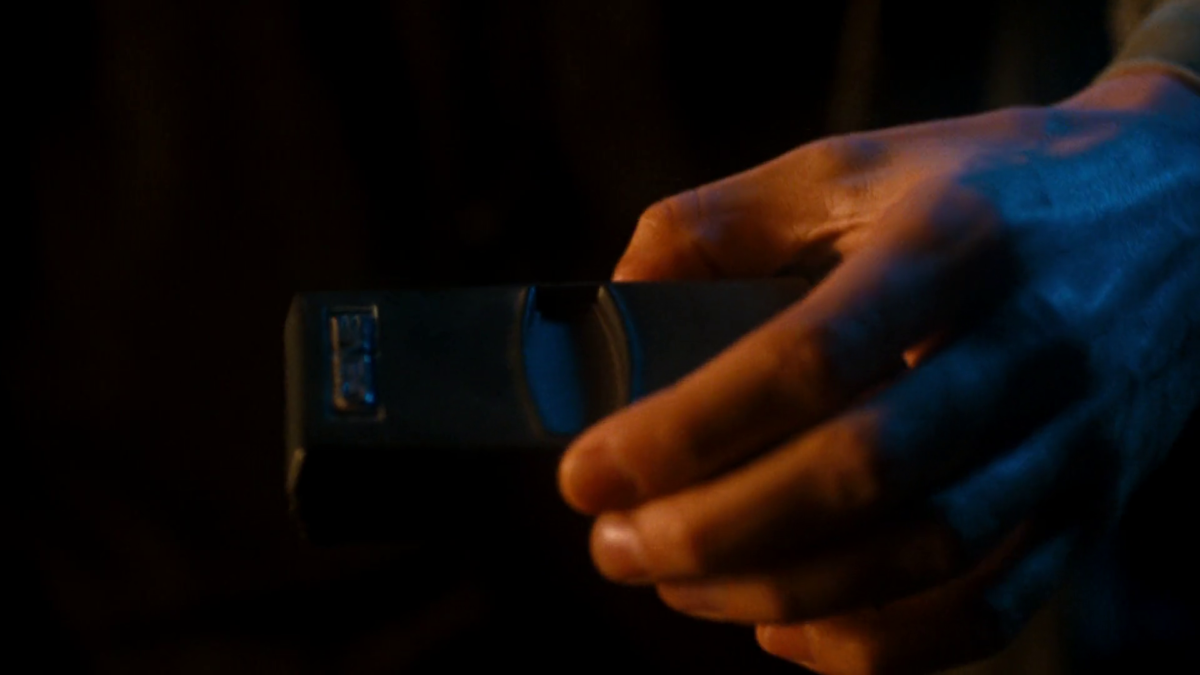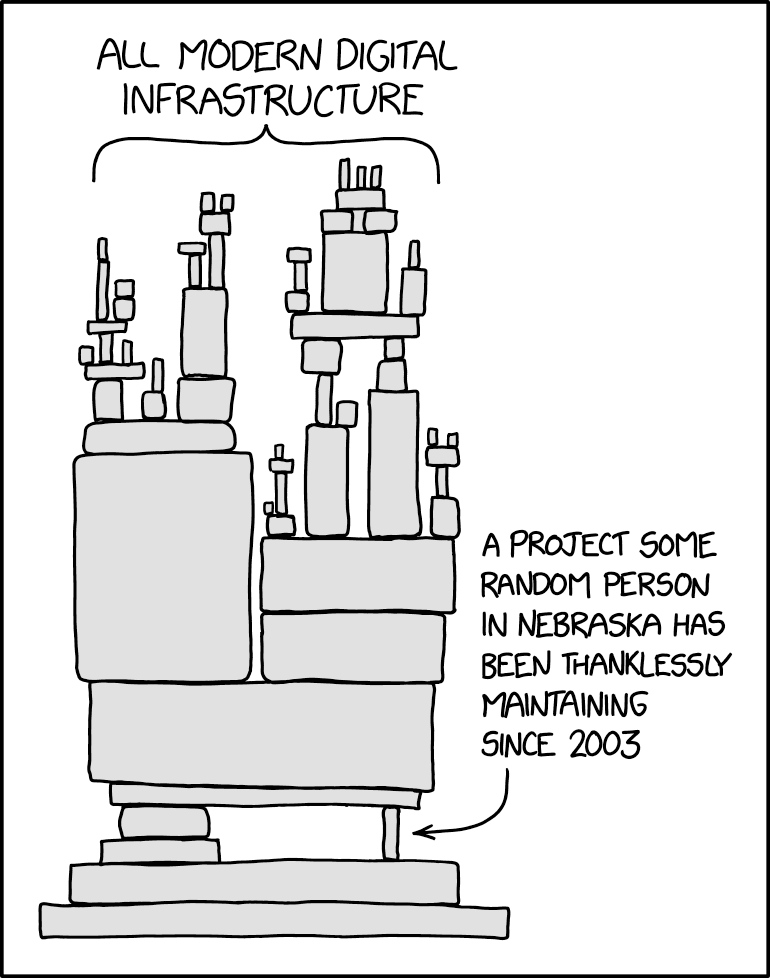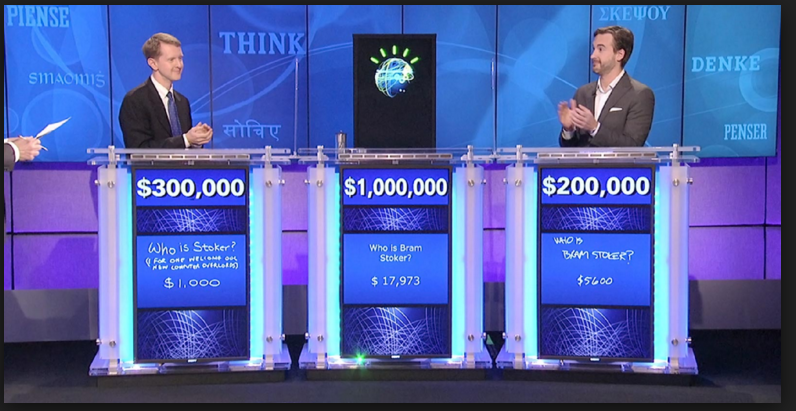In Internet terms, it’s been at least a generation since the high-profile fights over piracy – that is, the early 2000s legal actions against unauthorized sites offering music, TV, and films, and the people who used them. Visits to the news site TorrentFreak this week feel like a revival.
The wildest story concerns Z-Library, for some years the largest shadow book collection. Somewhere someone must be busily planning a true crime podcast series. Z-Library was briefly offline in 2022, when the US Department of Justice seized many of its domains. Shortly afterwards there arrived Anna’s Archive, a search engine for shadow libraries – Z-Library and many others, and the journal article shadow repository Sci-Hub. Judging from a small sampling exercise, you can find most books that have been out for longer than a month. Newer books tend to be official ebooks stripped of digital rights management.
In November 2022, the Russian nationals Anton Napolsky and Valeriia Ermakova were arrested in Argentina, alleged to be Z-Library administrators. The US requested extradition, and an Argentinian judge agreed. They appealed to the Argentinian supreme court, asking to be classed as political refugees. This week, a story in local publication La Voz, made its way north. As Ashley Belanger explains at Ars Technica, Napolsky and Ermakova decided not to wait for a judgment, escaped house arrest back in May, and vanished. The team running Z-library say the pair are innocent of copyright infringement.
Also missing in court: Anna’s Archive’s administrators. As noted here in February; the library service company OCLC sued Anna’s Archive for having exploited a security hole in its website in order to scrape 2,2TB of its book metadata. This might have gone unnoticed, except that the admins published the news on its blog. OCLC is claiming that the breach has cost millions to remediate its systems.
This week saw an update to the case: OCLC has moved for summary judgment as Anna’s Archive’s operators have failed to turn up in court. At TorrentFreak, Ernesto van der Sar reports that OCLC is also demanding millions in damages and injunctive relief barring Anna’s from continuing to publish the scraped data, though it does not ask for the site to be blocked. (The bit demanding that Anna’s Archive pay the costs of remediating OCLC’s flawed systems is puzzling; do we make burglars who climb in through open windows pay for locksmiths?)
And then there is the case of the Internet Archive’s Open Library, which claims its scanned-in books are legal under the novel theory of controlled digital lending. When the Internet Archive responded to the covid crisis by removing those controls in 2020, four major publishers filed suit. In 2023, the US District Court for the Southern District of New York ruled against the Internet Archive, saying its library enables copyright infringement. Since then, the Archive has removed 500,000 books.
This is the moment when lessons from the past of music, TV, and video piracy could be useful. Critics always said that the only workable answer to piracy is legal, affordable services, and they were right, as shown by Pandora, Spotify, Netflix, which launched its paid streaming service in 2007, and so many others.
It’s been obvious for at least two years that things are now going backwards. Last December, in one of many such stories, the Discovery/Warner Brothers merger ended a licensing agreement with Sony, leading the latter to delete from Playstation users’ libraries TV shows they had paid for in the belief that they would remain permanently available. The next generation is learning the lesson. Many friends over 40 say they can no longer play CDs or DVD; teenaged friends favor physical media because they’ve already learned that digital services can’t be trusted.
Last September, we learned that Hollywood studios were deleting finished, but unaired programs and parts of their back catalogues for tax reasons. Sometimes, shows have abruptly disappeared mid-season. This week, Paramount removed decades of Comedy Central video clips; last month it axed the MTV news archives. This is *our* culture, even if it’s *their* copyright.
Meanwhile, the design of streaming services has stagnated. The complaints people had years ago about interfaces that make it hard to find the shows they want to see are the same ones they have now. Content moves unpredictably from one service to another. Every service is bringing in ads and raising prices. The benefits that siphoned users from broadcast and cable are vanishing.
As against this, consider pirate sites: they have the most comprehensive libraries; there are no ads; you can use the full-featured player of your choice; no one other than you can delete them; and they are free. Logically, piracy should be going back up, and at least one study suggests it is. If only they paid creators…
The lesson: publishers may live to regret attacking the Internet Archive rather than finding ways to work with it – after all, it sends representatives to court hearings and obeys rulings; if so ordered, they might even pay authors. In 20 years, no one’s managed to sink The Pirate Bay; there’ll be no killing the shadow libraries either, especially since my sampling finds that the Internet Archive’s uncorrected scans are often the worst copies to read. Why let the pirate sites be the one to offer the best services?
Illustrations: The New York Public Library, built 1911 (via Wikimedia).
Wendy M. Grossman is the 2013 winner of the Enigma Award. Her Web site has an extensive archive of her books, articles, and music, and an archive of earlier columns in this series. She is a contributing editor for the Plutopia News Network podcast. Follow on Mastodon.








